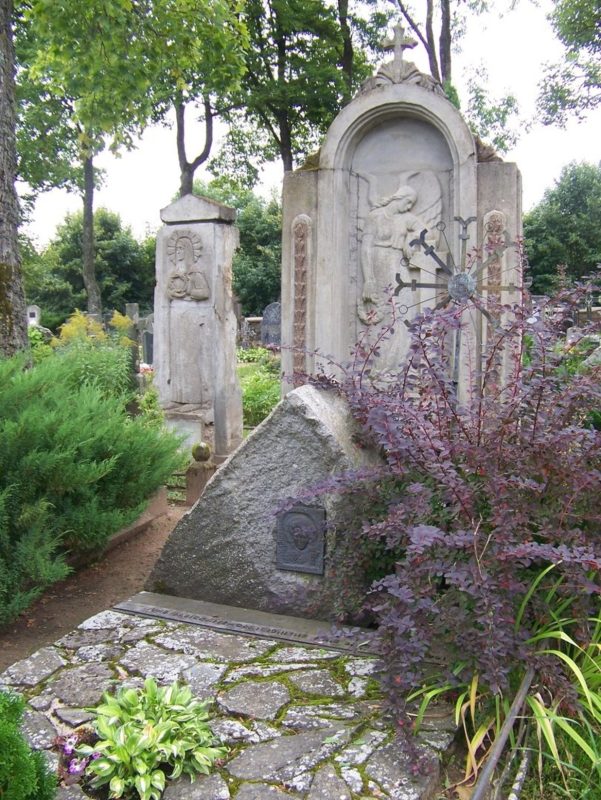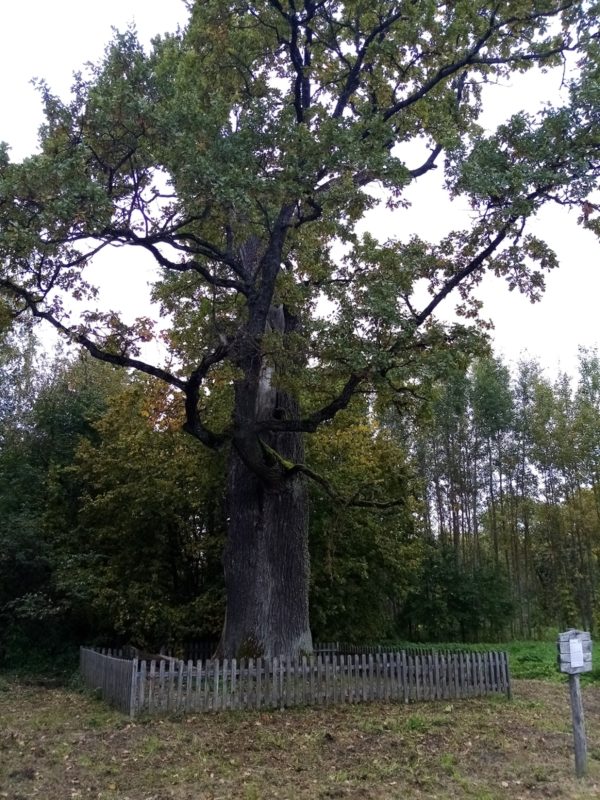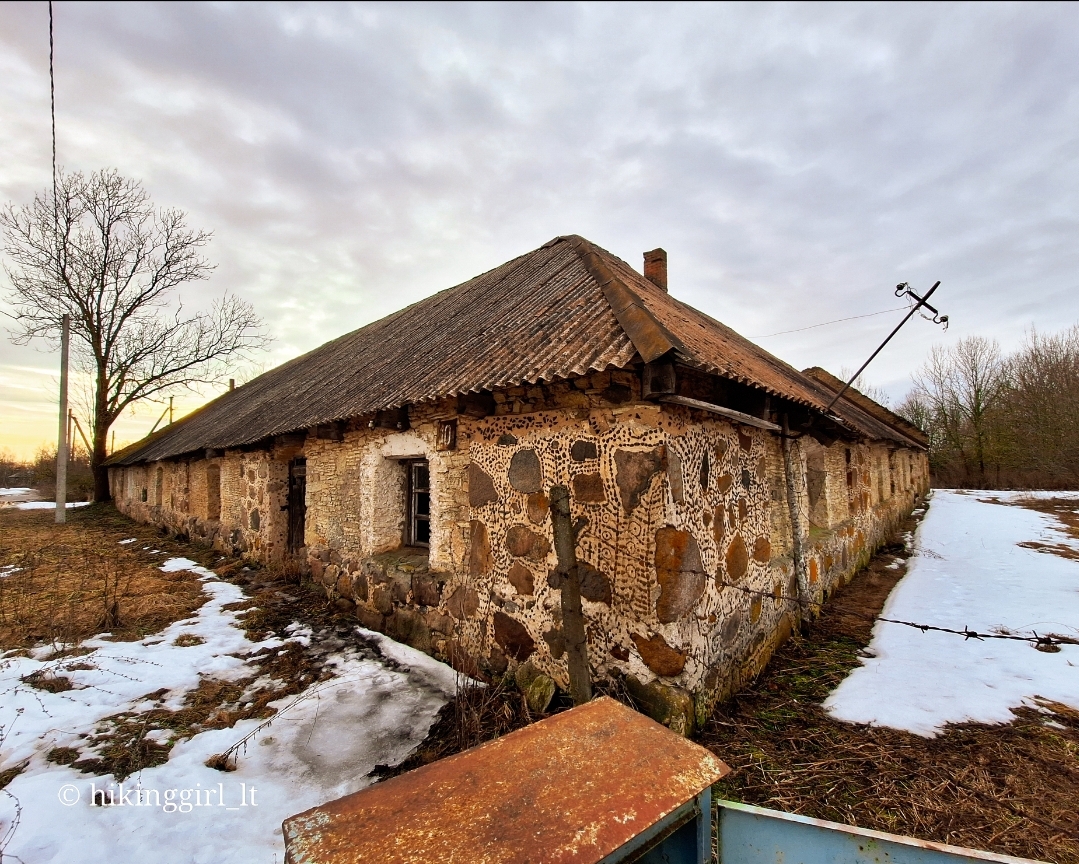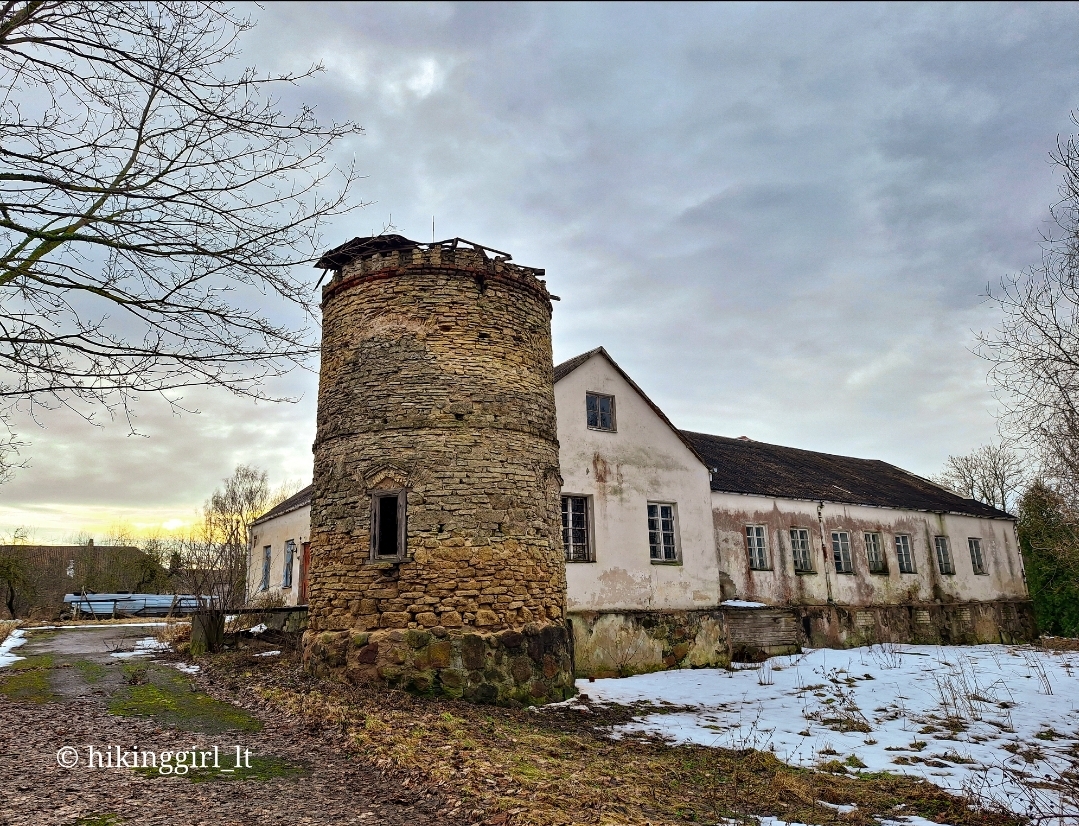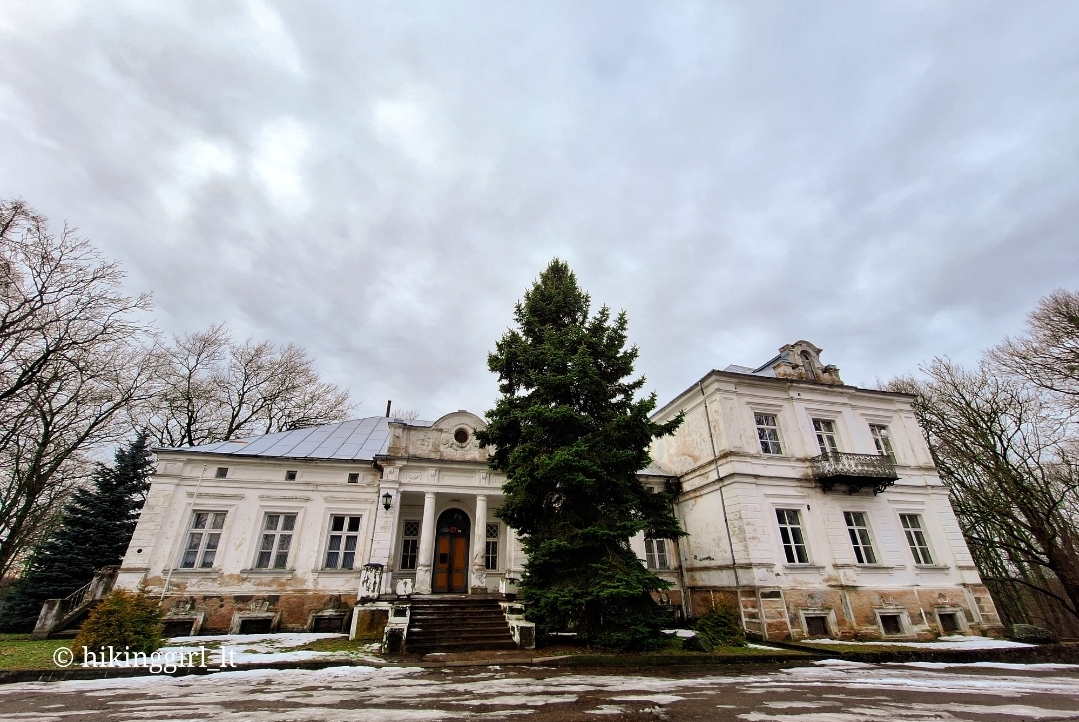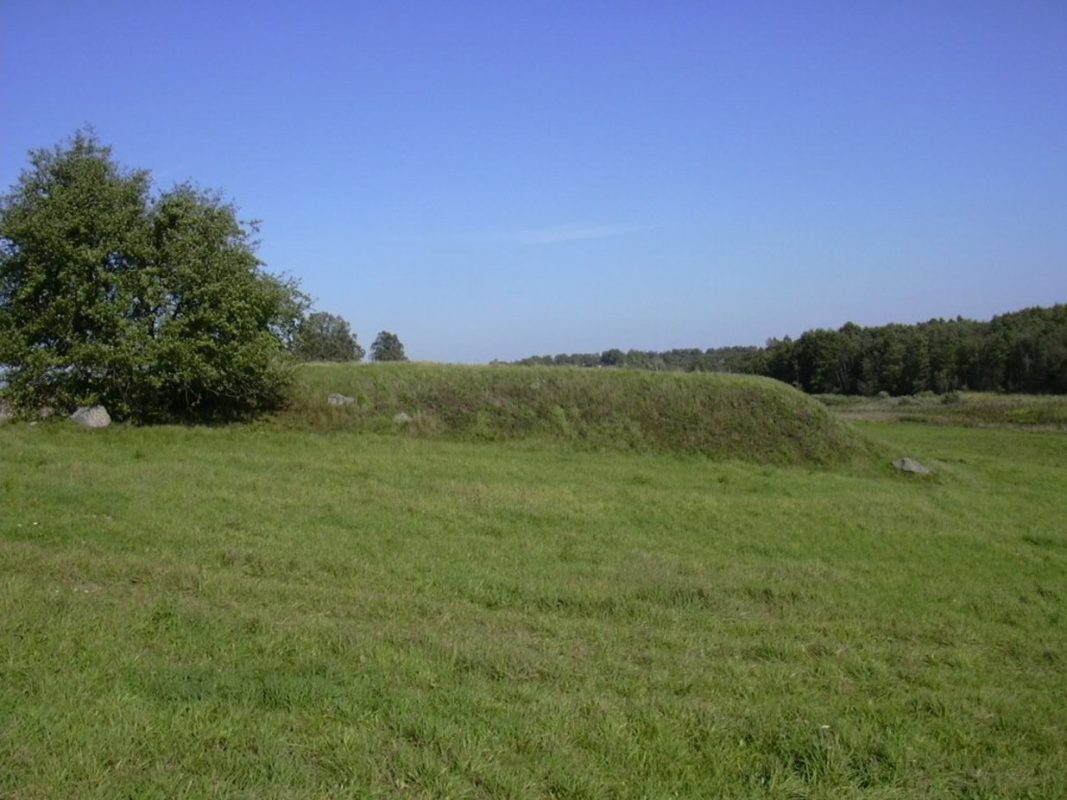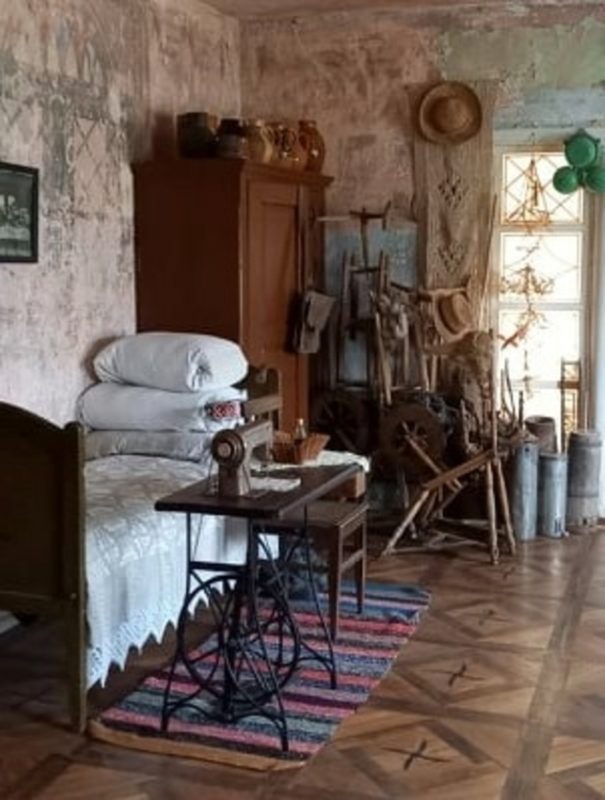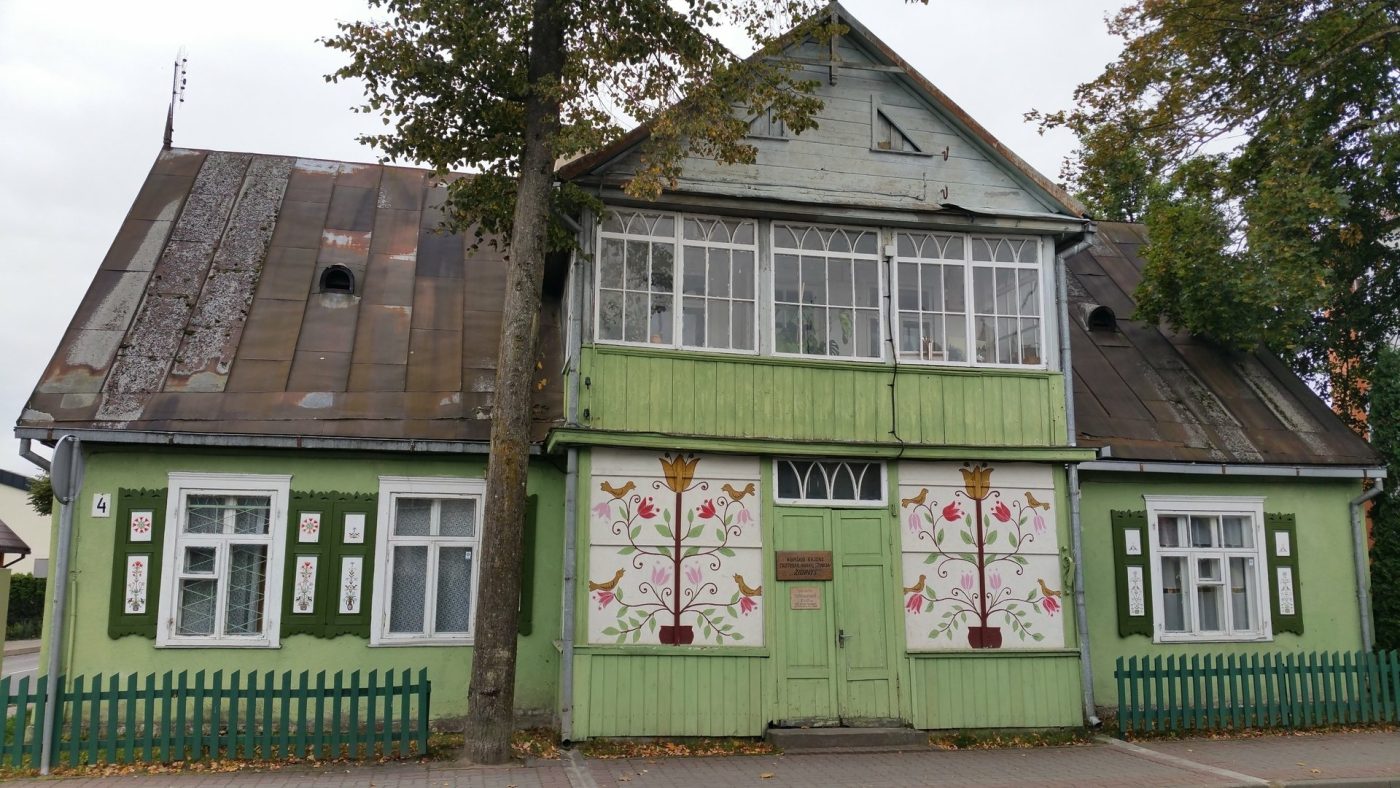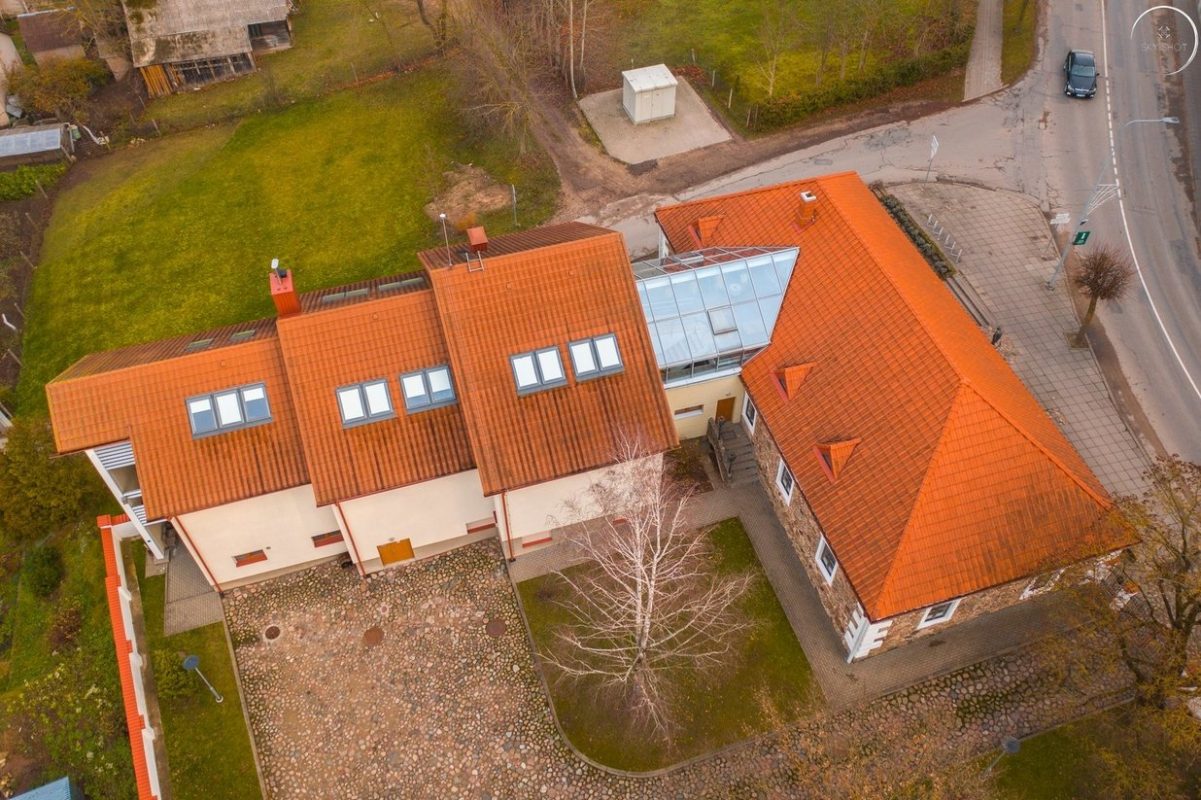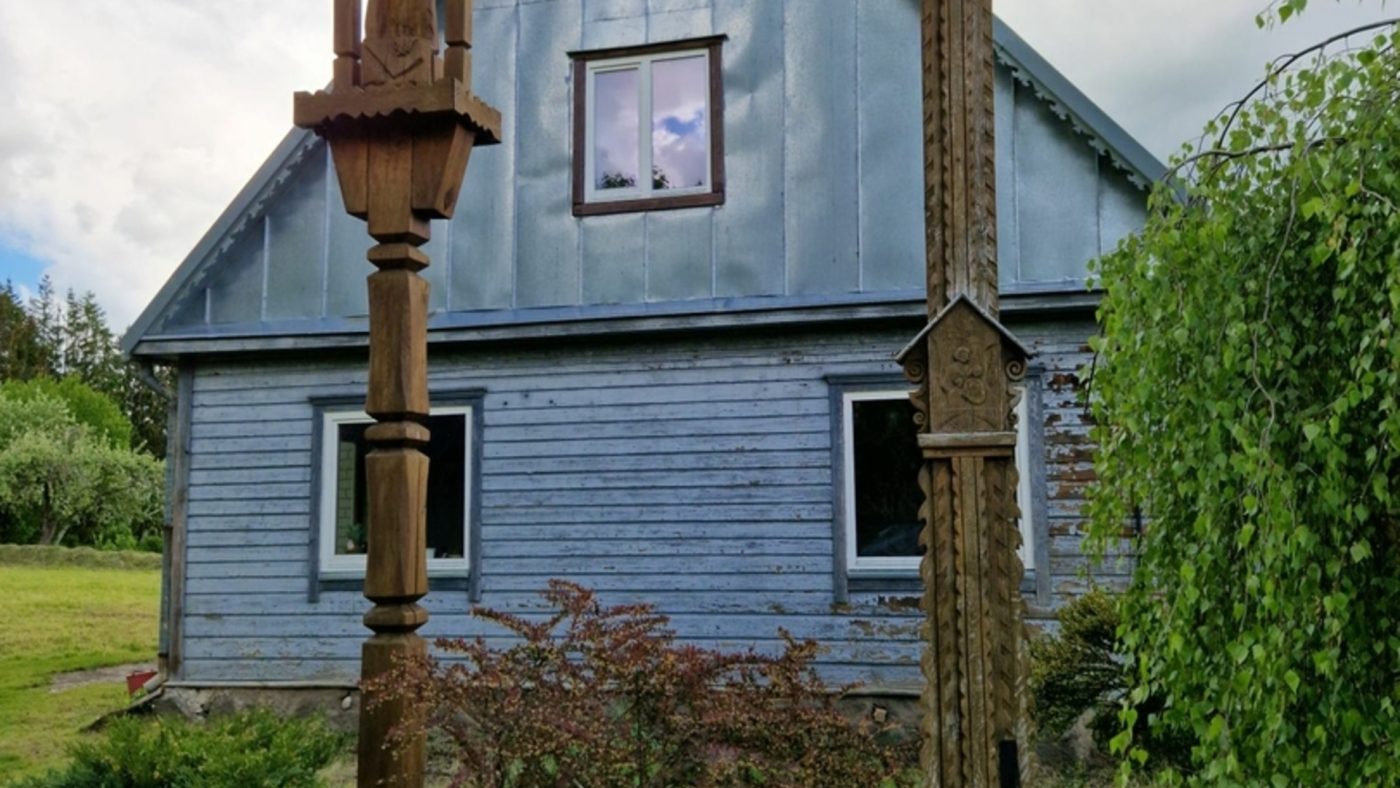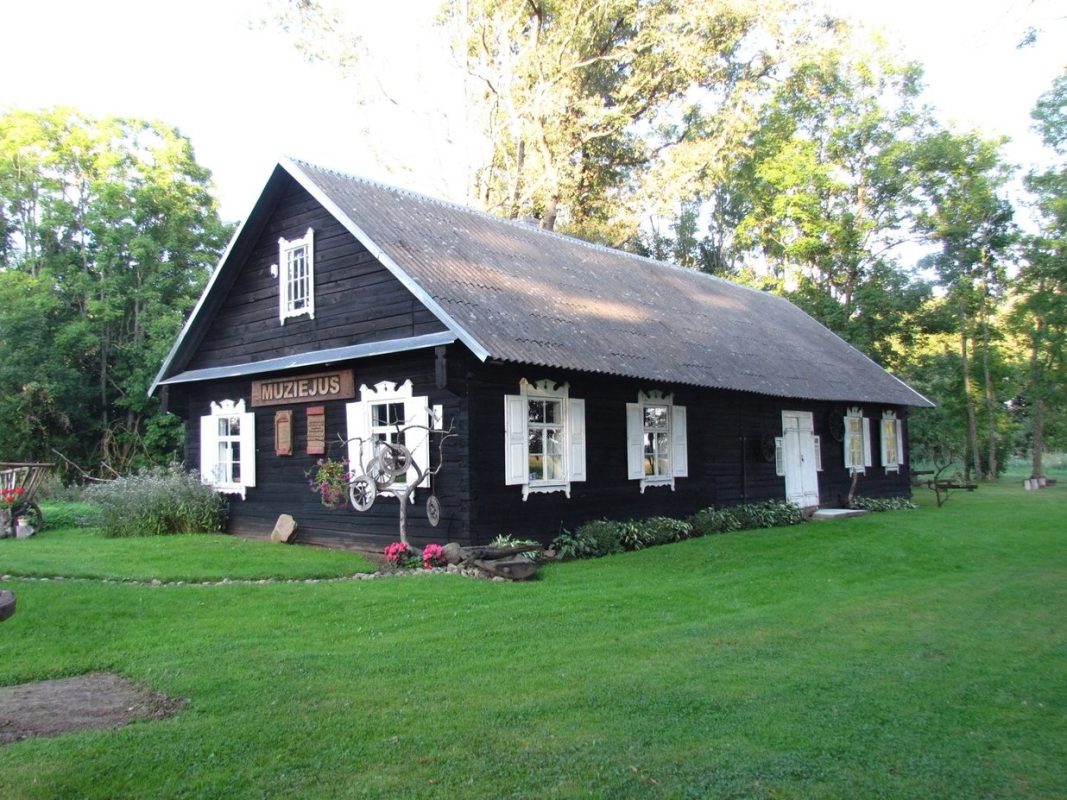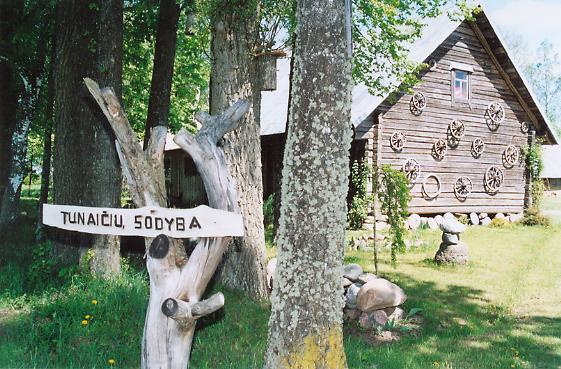Kereliai Mound

246

1

0
5 out of 5
(1 reviews)
Kereliai Mound is an impressive archaeological site located on the left bank of the Kupos River, surrounded by marshlands. This mound was formed in the second half of the 1st millennium BC – early 2nd millennium AD, and it is considered one of the most important cultural heritage sites in the region.
Kereliai Mound is an impressive archaeological site located on the left bank of the Kupos River, surrounded by marshlands. This mound was formed in the second half of the 1st millennium BC – early 2nd millennium AD, and it is considered one of the most important cultural heritage sites in the region.
In 1984-1985, archaeologist E. Grigalavičienė conducted extensive excavations, uncovering a cultural layer up to 2 meters thick, composed of three horizons. The lowest horizon dates back to the second half of the 1st millennium BC – the early centuries AD. Here, stone axes with shaft holes, weights, bone awls, hooks, drills, arrows, spearheads, pins, a bronze hook and buckle, clay casting molds, and both incised and plain ceramics were found.
The middle horizon dates back to the 3rd-5th centuries, containing iron pins, buckles, needles,
knives-sickles, an axe, a fire striker, a bronze bracelet, a clay spindle whorl, a weight, incised, plain, and rough ceramics. The uppermost layer, dating back to the 6th century, revealed iron knives, a narrow-bladed axe, sickles, awls, an iron spearhead, bronze hooks, spirals, rough, plain, and polished ceramics.
Kereliai Mound was included in the Register of Cultural Values in 1997, declared a cultural monument in 1998, and recognized as a state-protected site in 2005. This mound is not only an important historical site but also a popular tourist attraction, drawing visitors eager to learn more about Lithuania's past and its archaeological discoveries.
Visit Kereliai Mound and experience the spirit of ancient life by exploring the rich history and unique archaeological finds that reveal the way of life and culture of our ancestors.
Found a mistake?
Report
Whats new?
Nearby attractions
Nearest museums

 Entertainment
Entertainment
 Sightseeing
Sightseeing
 Food establishments
Food establishments





























 55.839472, 25.166111
55.839472, 25.166111
 Get directions
Get directions










